
Geoplaninae is a subfamily of land planarians endemic to the Neotropical region.
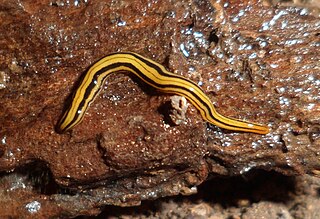
Luteostriata is a genus of land planarians from Brazil characterized by a yellow body with dark longitudinal stripes.

Obama is a genus of land planarians from South America. It contains several species adapted to human-disturbed environments, including the only invasive land planarian native to the Neotropical realm, Obama nungara, which has been accidentally introduced in Europe.

The reproductive system of planarians is broadly similar among different families, although the associated structures can vary in complexity.
Geoplana is a genus of land planarians found in South America.
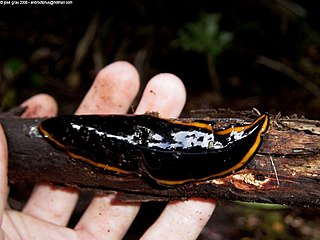
Polycladus is a genus of land planarians from South America.
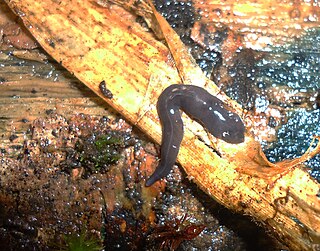
Notogynaphallia is a genus of land planarians from South America.
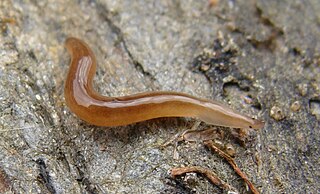
Rhynchodemini is a tribe of land planarians in the subfamily Rhynchodeminae.
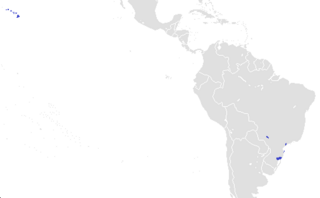
Endeavouria is a monotypic genus of land planarians from the Pacific region. It contains a single species, Endeavouria septemlineata.
Robert Edward Ogren was an American zoologist.
Eudóxia Maria Froehlich was a Brazilian zoologist.

Bogga is a genus of land planarians from South America. It is monotypic, being represented by the single species, Bogga bogotensis, which occurs in Bogotá, Colombia.
Gigantea is a genus of land planarians from the Neotropical realm.
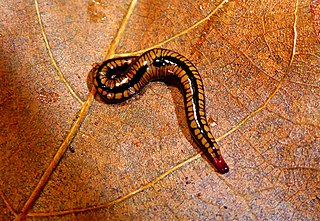
Othelosoma is a genus of land planarians found in Africa and India.
Gusana is a genus of land planarians found in Chile.
Liana is a genus of land planarians. It is monotypic, being represented by the single species Liana guasa, which occurs in Chile.

Kontikia is a genus of land planarians native from islands in the Indo-Pacific region, but several species have been introduced elsewhere.
Pelmatoplaninini is a tribe of land planarians in the subfamily Rhynchodeminae.
Novibipalium is a genus of land planarians of the subfamily Bipaliinae.
Pelmatoplana is a genus of land planarians in the tribe Pelmatoplanini.












